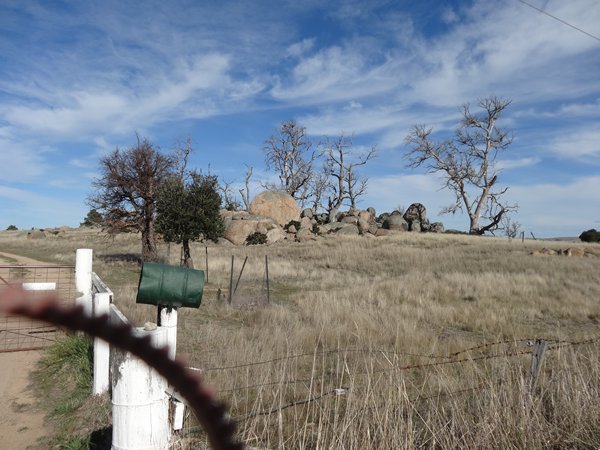Jindabyne

Back in the mountains just outside the Kosciuszko National Park in a town called Jindabyne. It stands on a huge reservoir, which is about the size of Sydney Harbour. The whole town was moved when they flooded the reservoir to its present position. The area is also referred to as Snowy Mountains, and is mainland Australia’s only alpine region. Anyone remember the Man from Snowy Mountains? It’s a poem as well as TV series. Anyway, wild bush horses - brummies – of the Man from Snowy Mountains fame can be found in the area but we never saw any. It’s also Australia’s skiing region. Thredbo is one of Australia’s largest alpine village with some big downhill runs. Rocks in this area are between 500 my old, so a lot of erosion has gone on and resulted in what they call the ‘high country’ of plateaus rather than towering mountains. Locals also refer to certain areas in the high country as plains – which are broad eroded valleys. Jindabyne is in the Monaro plain. The landscape looks like man has had a hand in sculpting it, as the valleys are treeless but the valley ridges and steeper slopes are covered in trees, until you reach that critical contour where all the trees disappear again. The landscape is natural though and no trees grow due to basalt soil, low temperatures and rainfall and cold air drainage. Cold air pools at the bottom of valleys and prevents trees form growing. These granite boulders are unusual feature of Snowy Monaro region. The rounded shape of these is not due to glaciation but underground weathering. According to Hackney (2003), the boulders started as rectangular boxes a few metres underground, separated by thin fractures which would have formed as the original granite cooled. Water containing weak acids from plants on the surface would have seeped into the cracks, eating away at the minerals in the granite, turning it into gravels and clays. The process starts at the corners and works inwards, leaving rounded blocks. As the surrounding gravel and soil is removed the boulders become exposed on the surface where weathering from rain/freeze/thaw then starts to take place.
|


